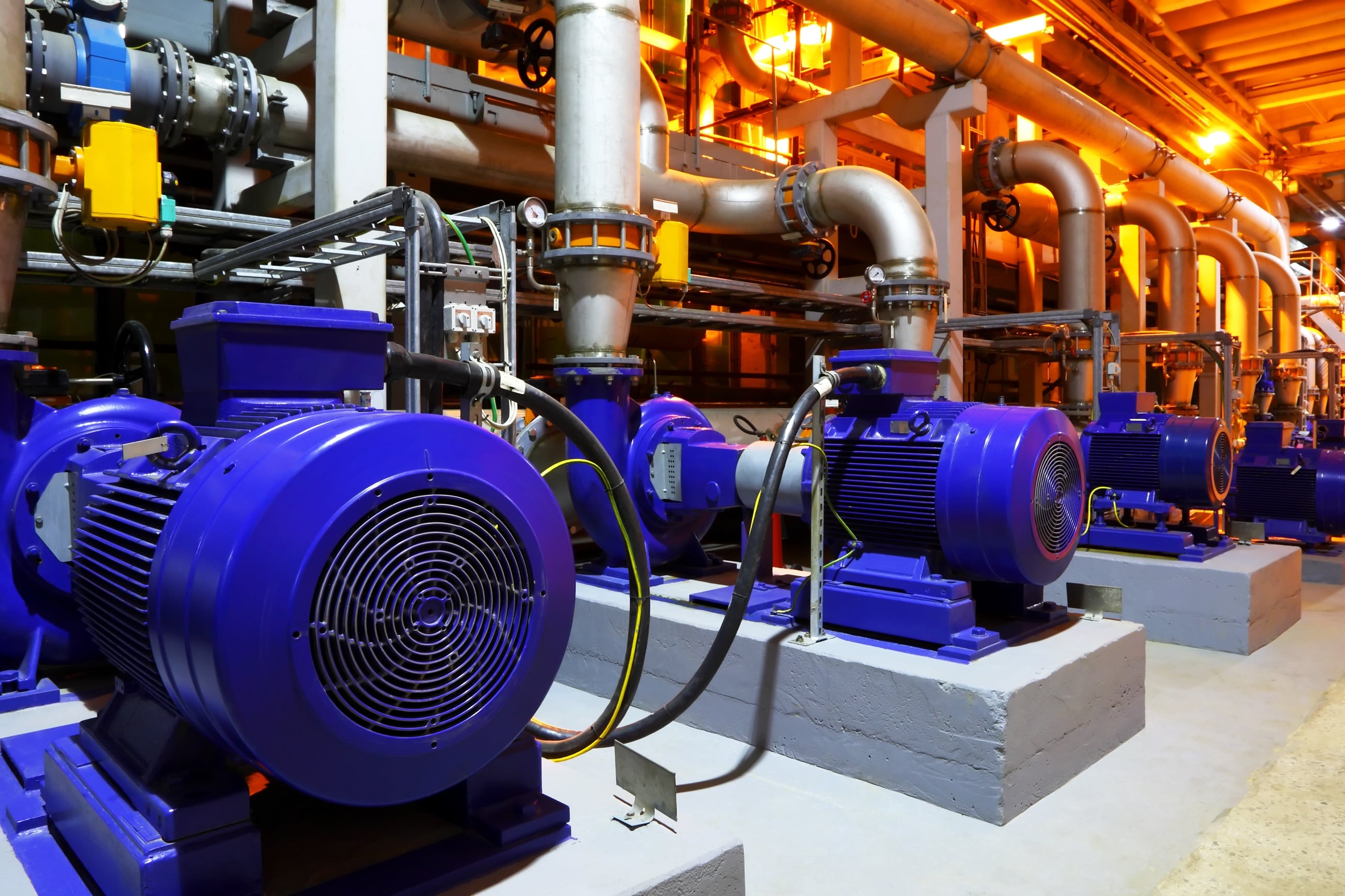This article further down in relation to Dealing with Low Water Pressure in Your Home is quite motivating. Check it out for yourself and decide what you think of it.

Low tide stress in your house can be a discouraging problem, impacting everything from bathing to washing dishes. If you're experiencing weak water flow, there are a number of feasible reasons and solutions to explore. In this guide, we'll go over usual reasons for low water pressure and practical steps to address the concern effectively.
Intro to Low Tide Pressure
Low tide pressure takes place when the flow of water from your taps, showers, and other fixtures is weak than usual. This can make day-to-day tasks extra difficult and much less effective. Understanding the root causes of low tide stress is crucial to locating the right solution.
Common Reasons For Low Tide Pressure
Faulty Pressure Regulators
Stress regulatory authorities are in charge of keeping constant water pressure in your home. If they malfunction, it can lead to low tide stress or irregular flow throughout the house.
Local Water System Issues
In some cases, the problem exists outside your home. Community water system problems, such as main line leaks or upkeep job, can briefly lower water pressure in your location.
Pipe Obstructions
With time, pipelines can become clogged with natural resource, sediment, or particles, limiting the circulation of water. This is a typical concern in older homes with galvanized steel pipes.
Rust
Deterioration within pipes can result in leakages and lowered water stress. Corrosion accumulation can constrict water circulation, specifically in maturing plumbing systems.
How to Diagnose Low Tide Stress
Checking Pipes
Check visible pipes for indicators of leaks, corrosion, or clogs. Focus on any kind of unusual noises, such as knocking or rattling pipelines, which might suggest issues within the plumbing system.
Consulting with a Plumber
If you're unable to pinpoint the reason for low tide pressure, consider employing a professional plumber to carry out a detailed evaluation. They can determine underlying problems and advise ideal options.
Checking Taps and Fixtures
Start by examining the water pressure at different taps and components throughout your home. If the concern is separated to details areas, it might show localized issues.
Do It Yourself Solutions to Take Care Of Low Tide Pressure
Flushing Water Heater
Sediment build-up in the hot water heater can restrict flow and decrease effectiveness. Flushing the tank occasionally assists get rid of debris and maintain ideal performance.
Inspecting Stress Regulatory Authority
Ensure that the pressure regulatory authority is operating properly. Changing or replacing the regulator can aid recover correct water pressure throughout your home.
Cleaning Aerators and Showerheads
Mineral deposits can accumulate in aerators and showerheads, decreasing water flow. Get rid of and clean up these components routinely to improve water stress.
Clearing Clogs in Piping
For minor clogs, attempt utilizing a plumbing snake or chemical drainpipe cleaner to clear obstructions in pipes. Beware when using chemicals and adhere to safety standards.
When to Call a Professional Plumber
If do it yourself efforts stop working to settle the issue or if you presume significant plumbing issues, it's finest to look for support from a qualified plumber. They have the knowledge and devices to resolve intricate issues safely and efficiently.
Safety Nets to Preserve Water Stress
Mounting a Stress Booster
Consider mounting a stress booster pump to boost water stress in areas with regularly low flow. This can be particularly beneficial for multi-story homes or properties with high-demand fixtures.
Surveillance Water Usage
Bear in mind water use practices and prevent overtaxing the plumbing system. Basic changes, such as incredible showers and laundry loads, can assist keep adequate water stress.
Regular Upkeep
Schedule routine upkeep for your plumbing system to stop issues such as deterioration, leaks, and clogs. Resolving minor troubles early can help prevent even more substantial repair work later.
Conclusion
Handling low tide stress can be frustrating, however determining the underlying reasons and applying suitable options can recover optimum circulation throughout your home. Whether it's cleansing aerators, inspecting pipes, or talking to a plumber, taking positive steps can guarantee a steady supply of water for your day-to-day demands.
FOUR WAYS TO FIX LOW WATER PRESSURE NOW
Turning on a shower or faucet only to find the water comes out in a sad, slow drizzle is never a good feeling. How exactly are you supposed to wash a pan or take a quick shower when it takes 10 minutes just to rinse off a little soap? The good news is that when your water pressure is bad, there's always a cause: typically one that can be easily fixed. Here are some of the most common causes of low pressure and what you can do to fix the issue:
DEBRIS AND MINERAL DEPOSIT BUILDUPS
If you notice low water pressure from just one or two of the fixtures in your house, the problem likely has to do with debris buildup. Water is full of minerals and other debris, all of which can accumulate in your pipes and on your fixtures. This can cause a blockage that affects how much water flows through. To fix this, try filling a small plastic bag with white vinegar, and use a rubber band to hang it around your showerhead or faucet. Let the head of the fixture soak for a few hours, and the vinegar should loosen the deposits.
WATER LEAKS
Leaks are another common cause of low water pressure. If water is flowing out of your plumbing through a hole or crack before it can reach your fixture, the pressure coming out of the faucet or showerhead will be lower. A plumbing professional is your best bet for finding and repairing a leak in your water supply pipes.
Leaks are another common cause of low water pressure. If water is flowing out of your plumbing through a hole or crack before it can reach your fixture, the pressure coming out of the faucet or showerhead will be lower. A plumbing professional is your best bet for finding and repairing a leak in your water supply pipes.
A VALVE ISSUE
If you have low water pressure throughout your home, check your main shut-off valve to make sure it's completely open. You may also want to see if there's a pressure-reducing valve installed. If there is, have a plumber help you adjust the settings to get the pressure you're looking for.
OTHERS USING WATER
Believe it or not, your low water pressure could be caused by your neighbors. If you notice low pressure at certain times of day, it may be because you and the people living next to you have similar schedules - when everyone is showering at the same time, the pressure will be lower in every home. Low pressure throughout the neighborhood may also be caused by an issue with your municipal water supply. If that's the case, call the supplier to see if they're working on the issue.
https://www.rotorooter.com/blog/water-leaking/low-water-pressure-fixes/

As a devoted reader on Dealing with Low Water Pressure in Your Home, I imagined sharing that piece was a good idea. You should pause to promote this page if you liked it. Thanks a bunch for being here. Return soon.
Click Here
 Ariana Richards Then & Now!
Ariana Richards Then & Now! Anthony Michael Hall Then & Now!
Anthony Michael Hall Then & Now! Melissa Joan Hart Then & Now!
Melissa Joan Hart Then & Now! Danielle Fishel Then & Now!
Danielle Fishel Then & Now! Burke Ramsey Then & Now!
Burke Ramsey Then & Now!